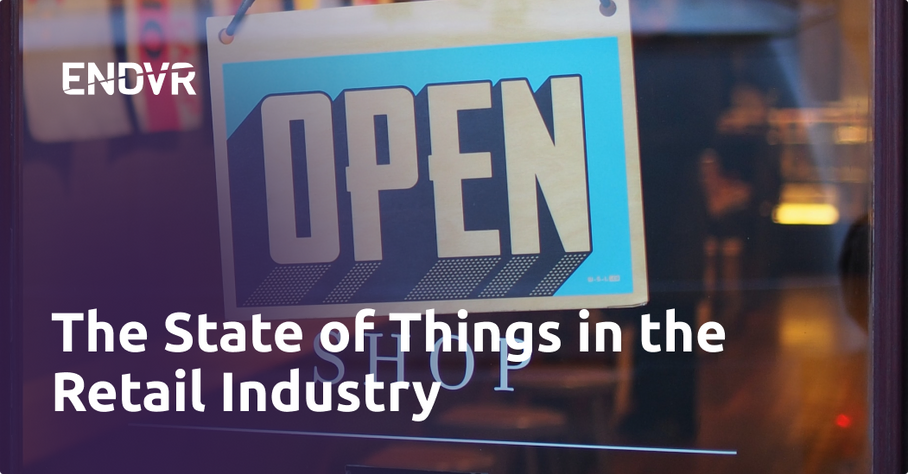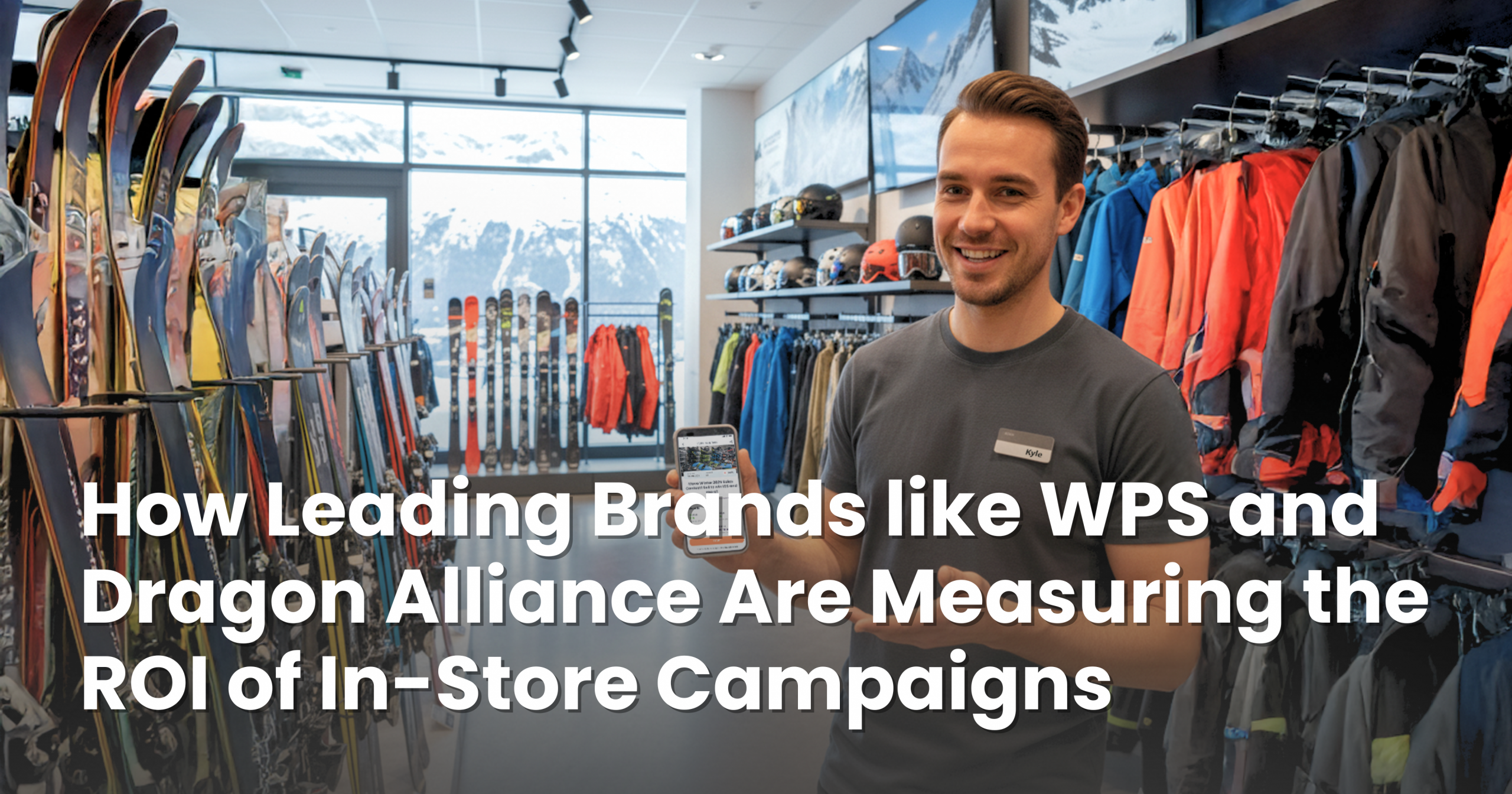
As you’ve probably read many times before, COVID has had an impact on consumer habits. For more than two years we were limited in the way we could buy goods in-store. And we buy in-store much more than we realize.
With COVID-related restrictions now over and people having the full freedom to go back in-store to shop and buy, what is the state of things in the retail industry? This is what we’ll discuss in this blog article. For this particular article, we’ll focus on the US since the country has one of the largest retail markets in the world.
Retail Industry Revenue & Habits
In the US, revenue from the retail industry topped $6.6T in 2022 (yes, that’s trillions of dollars!) and are expected to reach $7.9T in 2026. Each person spends on average close to $17K a year on retail purchases and there is more than a million brick-and-mortar retail stores in the US. These are the numbers for the whole retail industry, which includes food, electronics, clothing and anything else we buy at any store.
In verticals closer to our playground, clothing and clothing accessories represent revenues of $294B and sporting goods, hobby, book & music stores represent revenues of $108B.
As mentioned, e-commerce activity did surge during the pandemic. Lockdowns created many constraints for us to shop or buy in-store. In this context, e-commerce sales increased by $244.2 billion in 2020, the first year of the pandemic, rising from $571.2 billion in 2019 to $815.4 billion in 2020. This represents a jump of 43%.
But, did our habits change for good?
No, they did not.
E-commerce revenues in the United States have been constantly increasing year over year and are expected to keep increasing. While 2020 and 2021 did show bigger jumps, things really slowed down and settled at a much more normal pace in 2022.

Statista – Retail e-commerce revenue in the United States from 2017 to 2027
In the first post-pandemic months of 2022, 14% of retail sales were e-commerce sales. This means that 86% of retail purchases were done in-store in the US. Higher than the 80% share for retail VS e-commerce has been a constant for the past years and it is expected to stay that way for the years to come.
What does this mean for brands & retailers?
It is fair to say that having a healthy balance between online efforts and in-store presence is key for brands. However, brands and retailers still need to make efforts to keep their customers engaged, especially in verticals such as sporting goods and clothing, that can easily be bought online and have a lot of competition.
Brands need to make sure they are visible online through many channels and that they nurture the right relationships, which is getting harder and harder because of the changes in privacy regulations and the constraints related to tracking and cookies. All that while capitalizing on the volume, traction and visibility retail stores offer.
Retailers also need to make sure they offer the best in-store experience to their customers, otherwise they might not all go buy their goods online, but they definitely might go towards a competitor.
How ENDVR Can Help
This is where a platform such as ENDVR comes into play. Brands and retailers need a digital and scalable solution to differentiate themselves from the competition. With ENDVR, brands have a direct link to the front-line people that sell their products. They are able to create sales contests, send them information through learning modules and gather insight from the store floor through merchandising verifications and surveys.
Retailers also have the ability to create such “missions”, while having direct insights into their sales associates activity.
This makes the sales associates much better equipped to give the in-store visitors the best experience possible, ensuring brands and retailers that take advantage of the tool to set themselves apart.
Sources




